HOHENFELS, Germany -- To many spouses and family members of the Hohenfels community, "the Box" is a frequently heard yet mysterious term encompassing some nebulous idea of a training area. Melissa Spiszer, wife of Col. John Spiszer, Joint Multinational Readiness Center commander, is out to change all that.
"I want to help people feel more connected to the area and to what their spouse does," Spiszer said.
Years ago, as a relatively new military spouse arriving in Wuerzburg for her first tour in Germany, Spiszer was subjected to the same anxieties felt by many military spouses on their first overseas assignment.
"I felt really disengaged," she said. "But the more I learned about where I lived, the more I enjoyed it."
Through weekly trips with a tour guide friend, Spiszer developed an appreciation of the country and the culture that surrounded her, and now she wants to share that experience with the Hohenfels community.
"Most of our spouses live off-post," she said. "They may live out in a little village where they're the only American. You can feel really disenfranchised."
Spiszer said she feels it's important for spouses and family members to learn what their Soldier is doing and to realize its impact on our nation.
"If we take them out to Uebungsdorf, and they see the training that's going on there, you can say, 'Wow, it's important what he's doing, and I can get 100 percent behind this,'" she said.
Uebungsdorf is a collection of more than 40 operational buildings that units use for training exercises. Complete with a mosque, government buildings and even a hotel, the village literally comes alive during rotations.
"During an exercise, there can be up to 150 role players living here," said Wolfgang Traub, a professional civilian on the battlefield. "It's a living breathing town."
"I had no idea any of this existed," said participant Malbry Hohm. "It's really interesting to see where our husbands actually work on a day to day basis."
Tour members were also treated to an explosive display by the battlefield effects team, the Dragons, and an explanation of how such pyrotechnics impact the troops training here.
Besides training efforts, the five-hour tour touched on the history and ecology of Hohenfels. Over 125 villages once populated the training area and their remains are littered about in picturesque ruins.
A group favorite was the village of Lutzmannstein, a sprawling complex of crumbling buildings including dozens of houses and a large schloss (castle).
"It's a lot bigger than I thought," said Franziska Martin. "Especially the German ghost towns. I had no idea this land was even here."
Hohenfels is home to a variety of threatened and endangered species of both plants and animals, including the horseshoe-nosed bat. Of the 70 known breeding pairs in existence, more than half reside in Hohenfels. Several ruined churches have been refitted as "bat houses," and Spiszer said the village of Schmidmuehlen is raising funds for a new bat sanctuary.
On hiatus through the inhospitable winter, the tour is now being offered once a month as a joint effort between the garrison and the Joint Multinational Readiness Center. Announcements are posted through the Hohenfels Happenings and the daily news briefs, and participants are limited to the first 12.
"We go in every type of weather, as long as the roads are OK," said Spiszer.
Spiszer recounted historical anecdotes ranging from War World II to Roman times, including tales of the 1,000-year-old Hohenberg Castle, and even the infamous robber-knights of Hohenfels. Her passion and enthusiasm can be seen in the sparkle of her eyes and the wealth of her knowledge on the subject.
"It's probably the most beautiful place I've ever lived," she said. "When your family's not here, or can't be with you, it may not feel as pleasant as it could be, but it really is a great place to live."
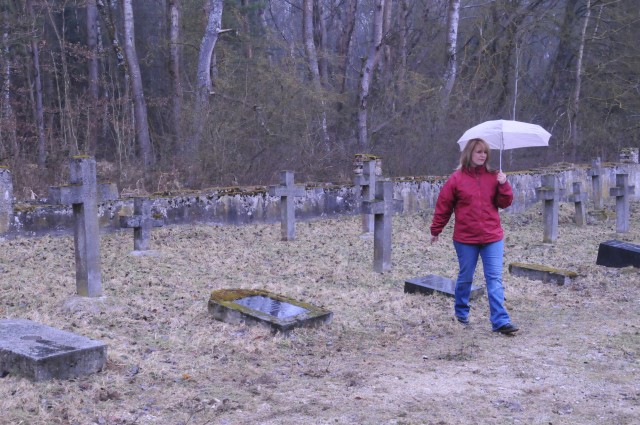

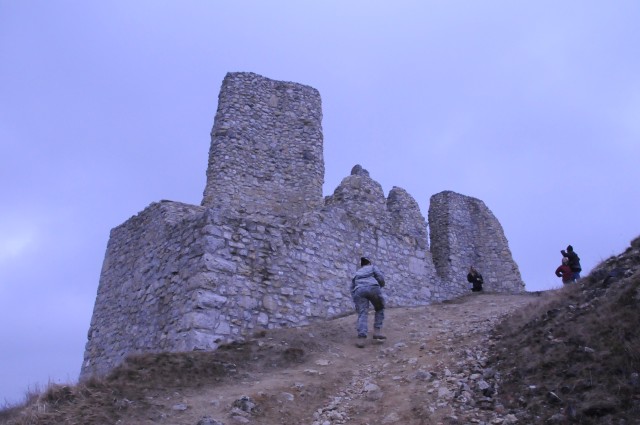
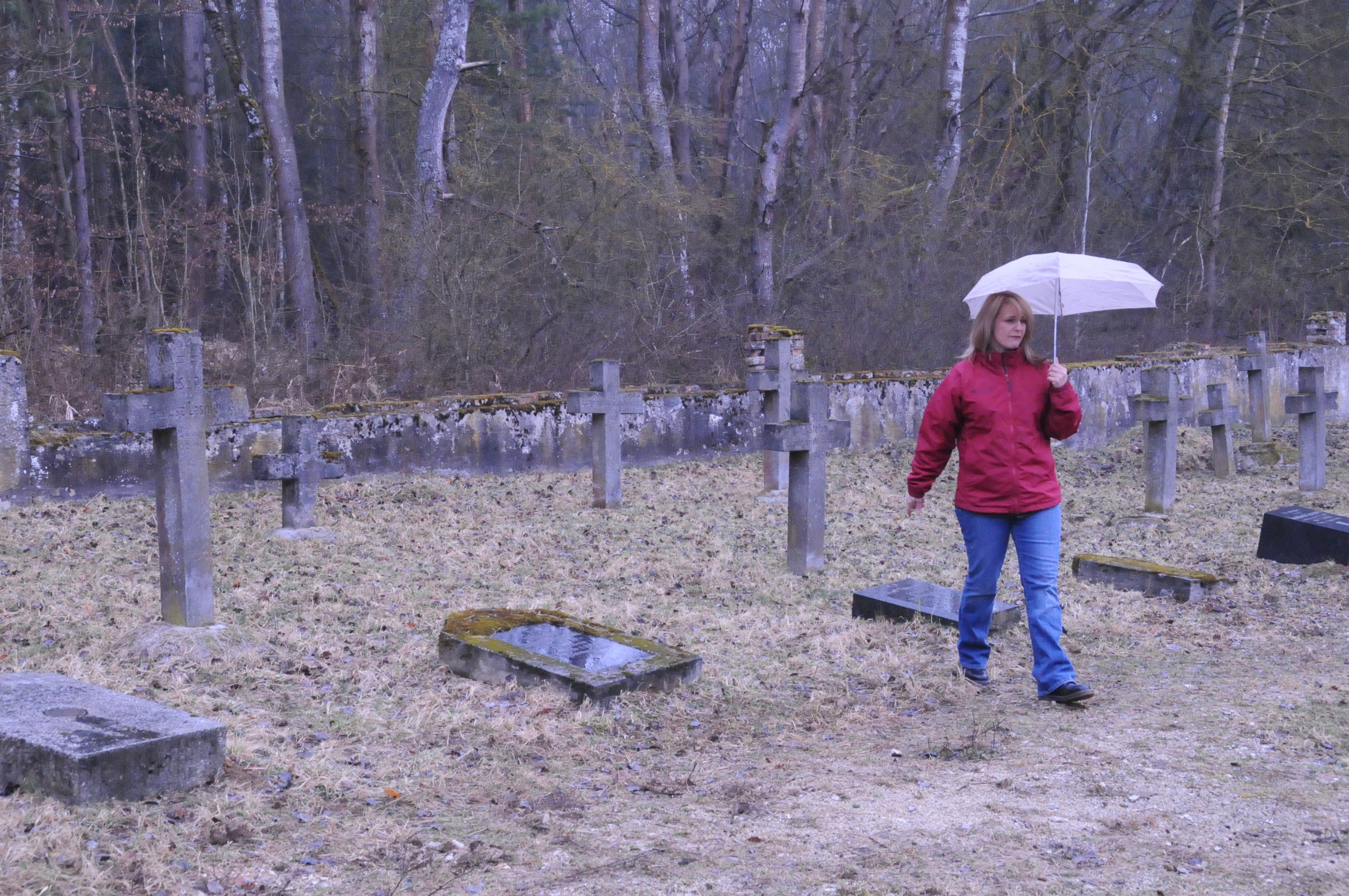
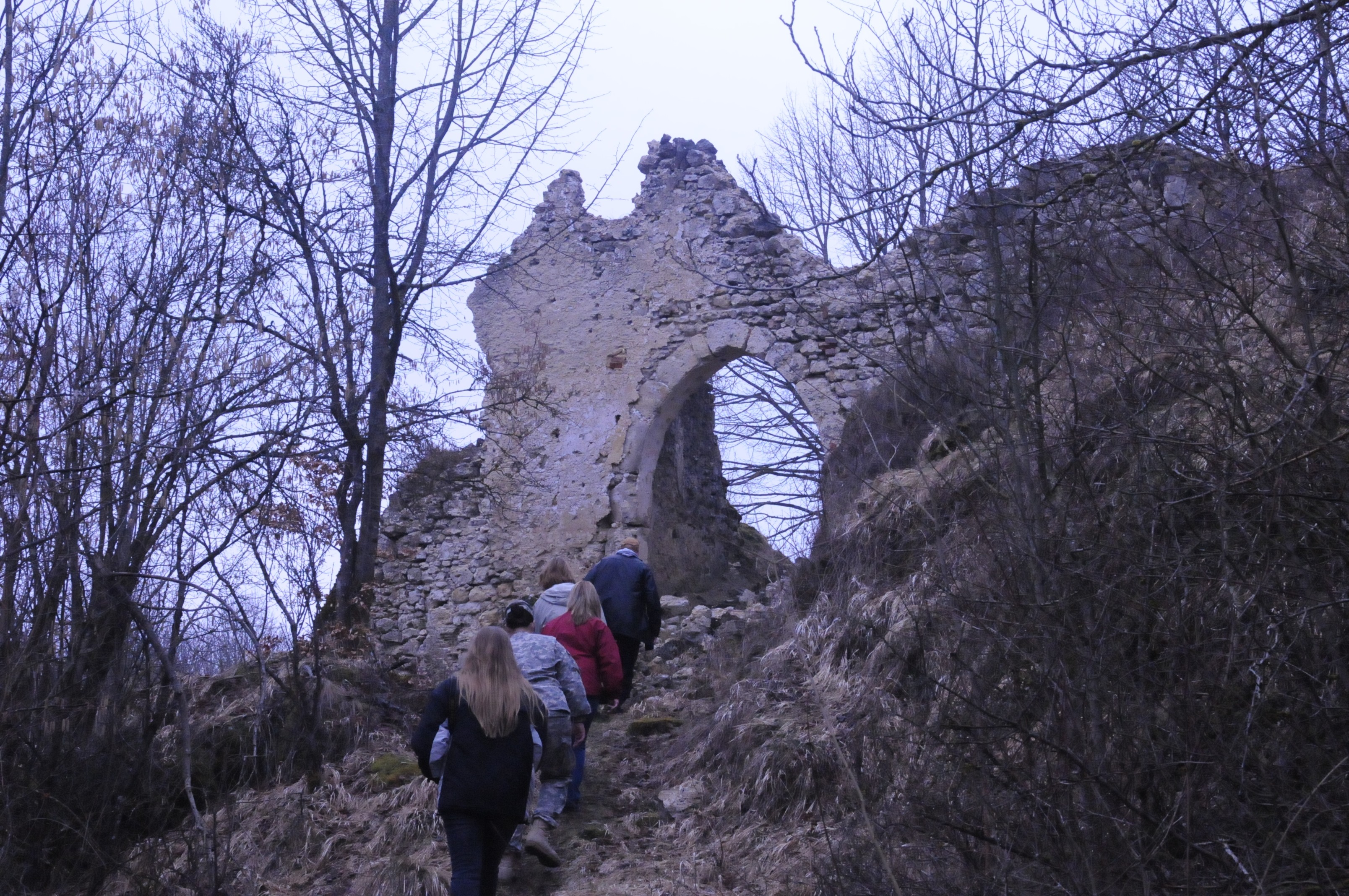
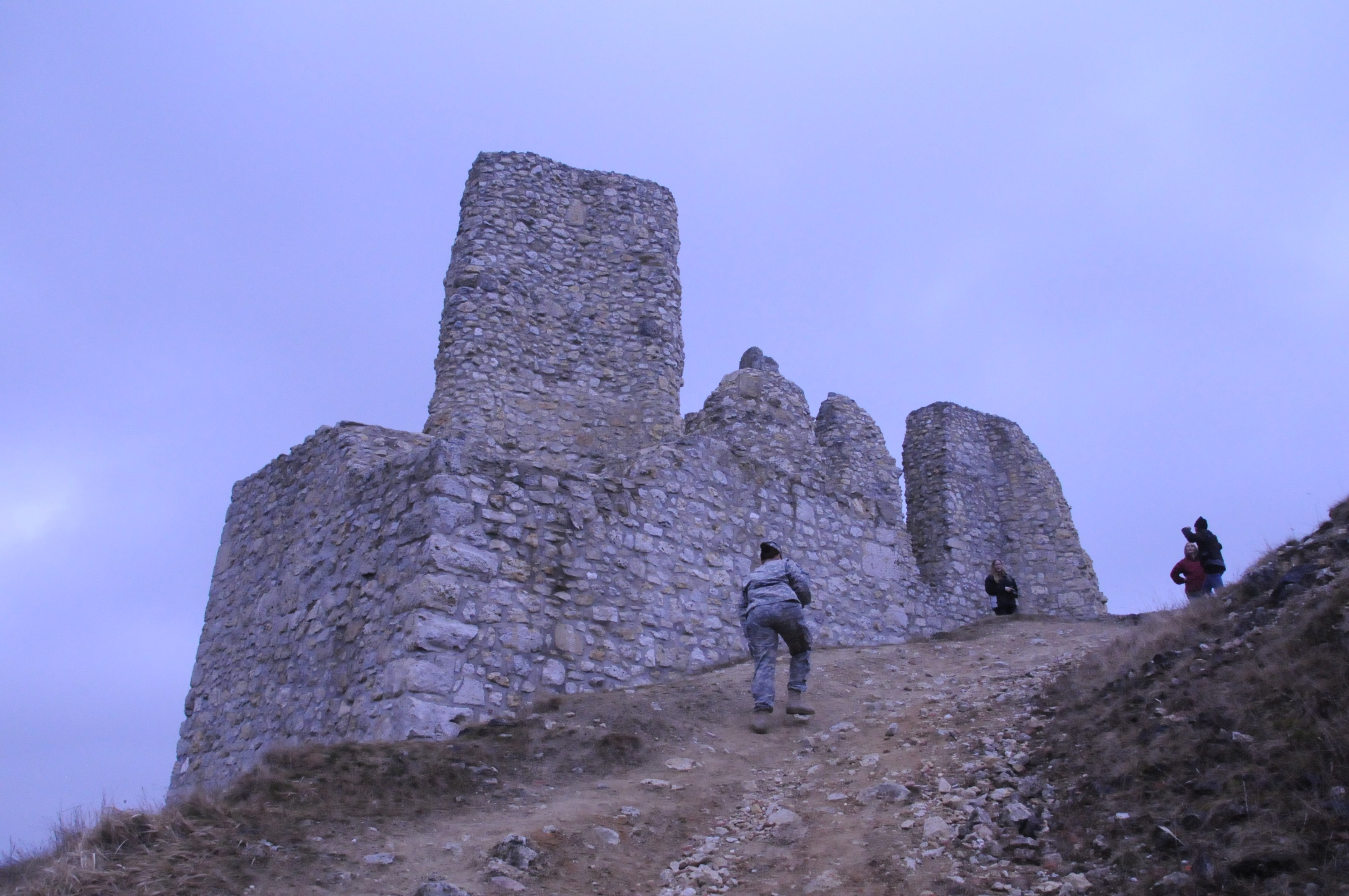
Social Sharing